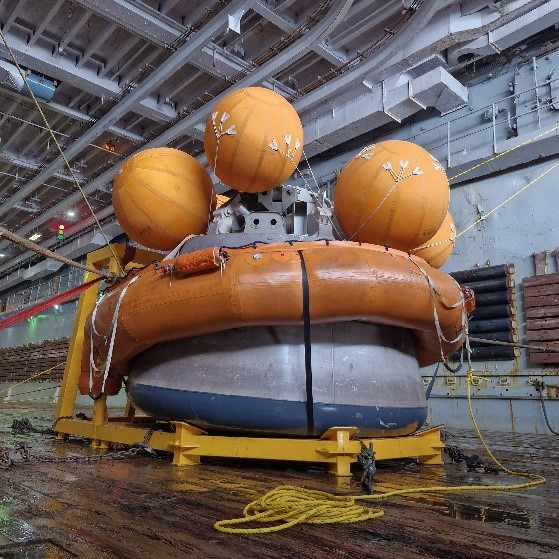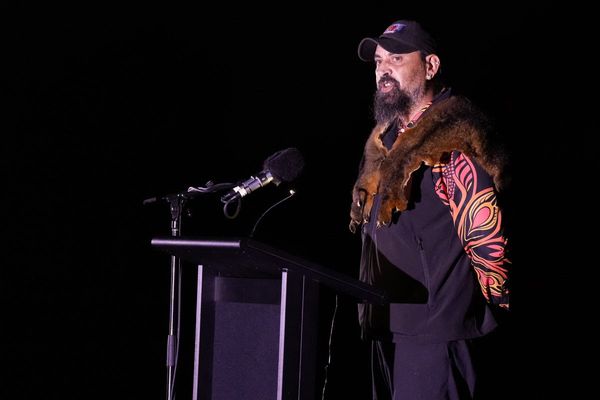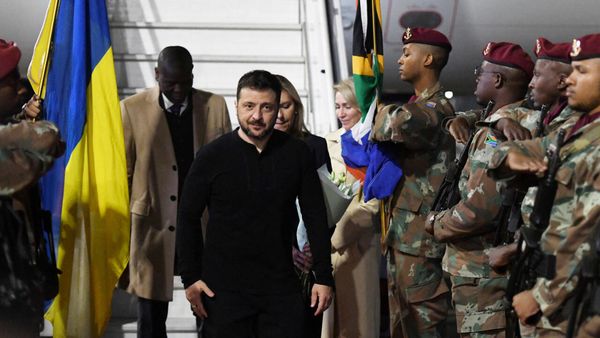
India continues to perfect hardware and recovery procedures for its Gaganyaan human spaceflight program.
Last week, the nation recovered a mock Gaganyaan crew module onto a ship's well deck, which opens to the sea and can be flooded with water so that the module can be hoisted post-splashdown and towed inside.
The agency, along with the Indian navy, practiced the recovery procedure in the waters of the Bay of Bengal off the coast of Visakhapatnam, a port city in the southeastern state of Andhra Pradesh, the Indian Space Research Organisation (ISRO), India's national space agency, said Monday (Dec. 9) in a news release.
ISRO is prepping for a crewed Gaganyaan flight called H1, which plans to carry three astronauts on a three-day mission to low Earth orbit, at roughly 250 miles (400 kilometers) above the planet. When the mission comes to a close, the astronauts "have to be recovered in the minimum possible time and with the least discomfort," the agency said in the recent statement. "This trial validated the overall sequence of operations."
Related: ISRO: The Indian Space Research Organisation

NASA and the U.S. Navy practiced similar well-deck tests to recover a mock Orion capsule before being certified to recover the real spacecraft from the Pacific Ocean after the Artemis 1 uncrewed mission in late 2022.
For the Gaganyaan program, ISRO has been nailing down its homegrown technology and recovery procedures for over a decade. The latest trial builds on last year's tests of recovering a mock crew module from a closed, controlled pool while simulating various sea conditions and crash scenarios.
The Gaganyaan program envisions four uncrewed test flights, the first of which, called G1, was recently delayed to 2026. If any of the test flights or the final crewed mission end up being aborted post-launch, the planned trajectory indicates the spacecraft will likely land in the Southern Ocean in Australian waters.
The Australian Space Agency formalized its support last month to assist with recovery of the crew module, search and rescue activity, if needed, and in setting up a ground station on its remote Cocos Islands. Ground station support will also be provided by the European Space Agency, according to local media.
Meanwhile, one of four astronauts chosen for the Gaganyaan crewed flight, Indian Air Force test pilot Shubhanshu Shukla, has been training with Houston company Axiom Space for a two-week mission to the International Space Station, where he is expected to assist with spacecraft operations like navigation and docking.







